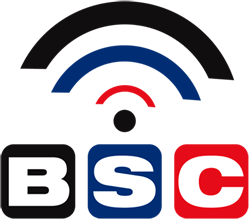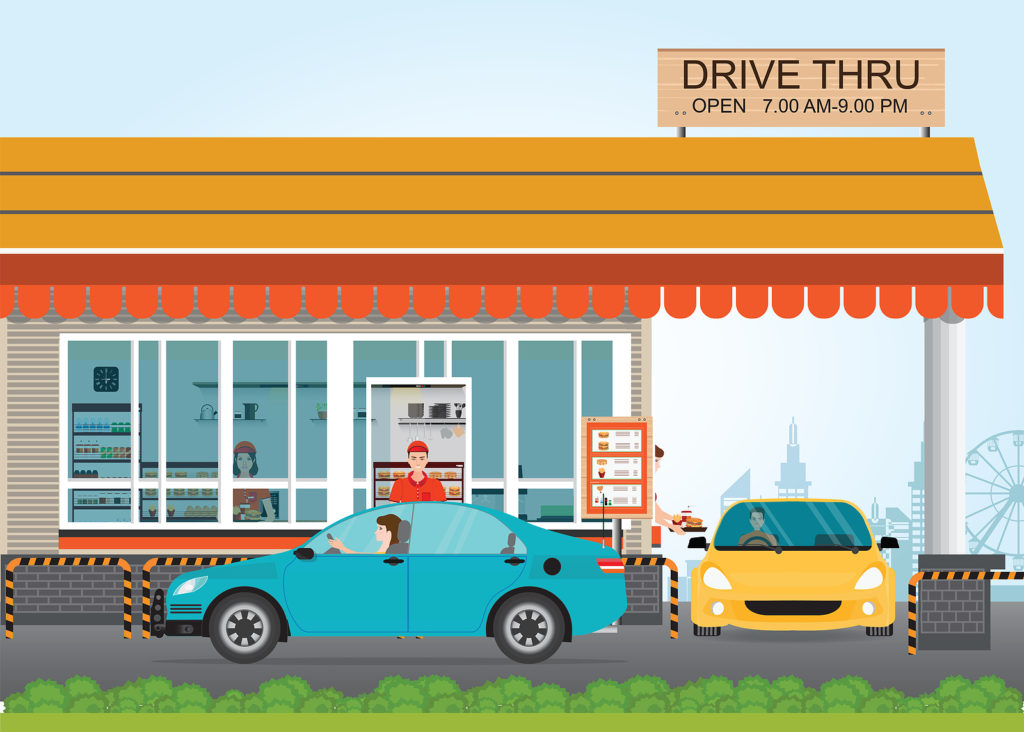The relatively traditional concept of ‘drive-thru dining’ showed its true potential in the pandemic’s testing times. It boosted restaurant sales like no other food segment and also clearly established one thing – Customer Experience.
The QSR sector touched its peak consumer spending exceeding three hundred billion in 2021. As per the American Customer Satisfaction Index (ACSI) in 2021, the quick-service restaurant chain in the U.S. with the highest ACSI score was Chick-fil-A. (Lock 2022)
Customers came looking for safety, hygiene, and good food. The drive-thru windows delivered on all fronts and became the most significant restaurant revenue driver. The bottom-line pie was an apparent reason to make sure drive-thru works at their optimal capacity.
Game Changer – Drive-Thru Optimization
New modern technology continued to propel the drive-thru experience forward. The operators could work effectively with reduced waiting times, faster food service, and personalized marketing strategies.
But, it’s important to remember that a drive-thru environment is very different from other restaurants’ segments. The operations are carried out mainly in the outdoor areas, so operators need to be wise while choosing products and equipment for their drive-thrus.
The key to maximizing the return on investment is to purchase equipment specially made to cater to drive-thru needs like drastic temperature changes, pollution, and traffic sound.
Drive-Thru Optimization Technology Making a Difference
- Multi-Point Communication Equipment
A few QSR chains have explored the possibilities of adding multiple drive-thru lanes in the same outlet. Chick-fil-A has been opening double-lane drive-thrus across the country. Recently, Taco Bell released plans for a four-lane drive-thru set in 2022. It’s a clear indicator that the drive-thru segment is only getting bigger. (Meisenzahl 2021)
Some of the recent advances in communication systems are designed to accommodate these various drive-thru configurations. Features like voice prompt alert employees about low batteries on their communicator and help them keep track of the lane they’re working on.
Multi-point order systems with numerous wireless communicators and wireless point-of-sale components can also enhance speed and expand a restaurant’s service capacity.
For more information, you can download HME’s pdf on HOW TO OPTIMIZE DRIVE-THRU OPERATIONS WITH PROFIT-DRIVEN TECHNOLOGIES.
- Digital Timers for Order Accuracy
In a fast-moving restaurant segment where every second matters, the capability of a drive-thru to deliver quality and speed is of utmost importance. Restaurant operators look for ways to set regularly, measure, and evaluate their service standards for heightened customer experience.
Timers offer various tools to get in-depth data for your drive-thrus which helps identify bottlenecks and keep operations on track.
Manufacturers like HME and Partech have been creating sophisticated and feature-rich digital timer systems catering to the evolving needs of restaurant operators. Like HME’s Zoom Nitro is a popular choice amongst restaurant operators. It’s not just a timer but a comprehensive drive-thru management system.
- POS Systems for Seamless Transactions
QSR and fast-casual restaurants must be able to process all popular payment methods rapidly. We recommend selecting EMV-compatible POS technology that accepts chip-enabled credit/debit cards. This year, ParTech has teamed up with Jolt to offer Brink POS. (Partech 2022)
When evaluating buying the tool or installing the software, look for out-of-the-box integration with your existing business tech stack, including your website, accounting software, and email marketing platform. Your restaurant is unique, so the POS software should be easily customizable to meet the restaurant’s needs.
- Customizable Digital Signages and Menu Boards
Flexible, customizable, and easy usage make digital signage a smart business investment for many restaurants. Digital signages can change instantly and be programmed to promote high-profit items or pull back on low-stock items. These digital menu boards help foster customer experiences through audio-visual and mobile technology.
BSC offers a full range of cost-effective digital signage solutions, including promo boards, Mood TV for QSR, Satellite TV, and video walls. We can work with your budget and give you the best solution for your investment.
Conclusion
Convenience is needed at both ends – customers as well as drive-thru staff. Technology is the fastest way to achieve it. Restaurant operators with drive-thru lanes should always look for technological innovations with robust integrations, dynamic capacity management features, and centralized data.
At BSC, we give you a competitive edge. We sell and service drive-thru communications, POS systems, and timers from leading manufacturing brands like HME, PAR, and Panasonic. Our offerings include electronics, installation and repair of wired and wireless communications, and technical customer support.
For more info, visit our website or contact us at (281) 590-3400.
Works Cited
Lock, S. “QSR Sector Consumer Spending US 2021.” Statista, 25 Apr. 2022, www.statista.com/statistics/259148/consumer-spending-us-qsr-sector/.
Meisenzahl, Mary. “Drive-Thrus Are Getting Larger and Larger with No End in Sight.” Business Insider, 22 Aug. 2021, www.businessinsider.in/retail/news/drive-thrus-are-getting-larger-and-larger-with-no-end-in-sight/articleshow/85535734.cms.
Partech, Press Release. “Partech Inc. Partners with Jolt to Integrate Brink Pos.” Www.qsrweb.com, 26 Jan. 2022, www.qsrweb.com/news/partech-inc-partners-with-jolt-to-integrate-brink-pos/.


